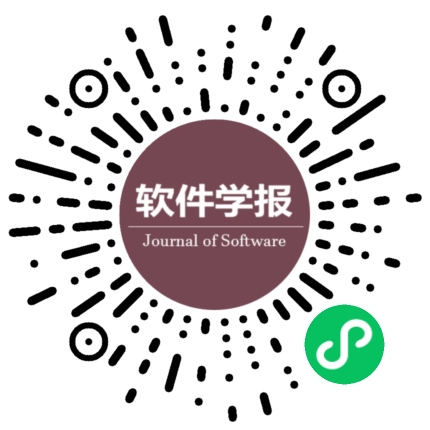基于社会学理论的信任关系预测模型
作者:
作者单位:
作者简介:
通讯作者:
中图分类号:
基金项目:
国家自然科学基金(61300148);吉林省科技发展计划(20130206051GX);吉林省科技计划(20130522112JH);中国博士后基金(2012M510879);吉林大学基本科研业务费科学前沿与交叉项目(201103129)
Trust Prediction Modeling Based on Social Theories
Author:
Affiliation:
Fund Project:
引用本文
王英,王鑫,左万利.基于社会学理论的信任关系预测模型.软件学报,2014,25(12):2893-2904
复制相关视频
分享
文章指标
- 点击次数:
- 下载次数:
- HTML阅读次数:
历史
- 收稿日期:2014-05-06
- 最后修改日期:2014-08-21
- 录用日期:
- 在线发布日期: 2014-12-04
- 出版日期:
文章二维码

您是第位访问者
版权所有:中国科学院软件研究所 京ICP备05046678号-3
地址:北京市海淀区中关村南四街4号,邮政编码:100190
电话:010-62562563 传真:010-62562533 Email:jos@iscas.ac.cn
技术支持:北京勤云科技发展有限公司
版权所有:中国科学院软件研究所 京ICP备05046678号-3
地址:北京市海淀区中关村南四街4号,邮政编码:100190
电话:010-62562563 传真:010-62562533 Email:jos@iscas.ac.cn
技术支持:北京勤云科技发展有限公司



